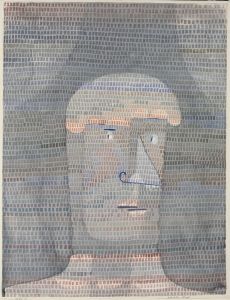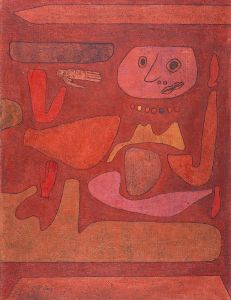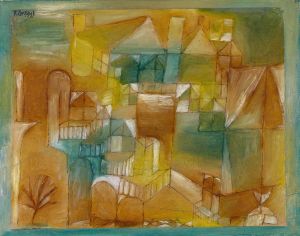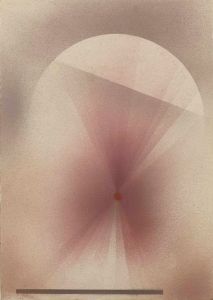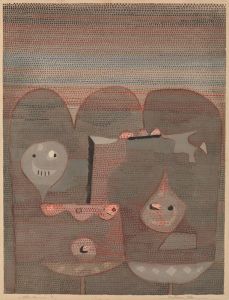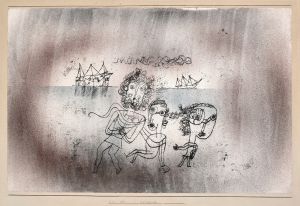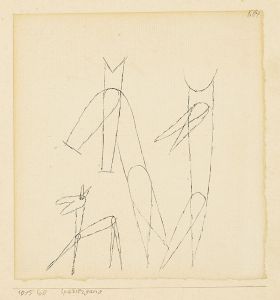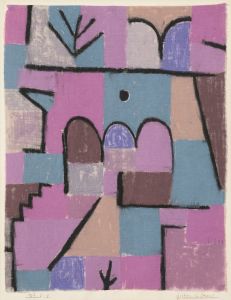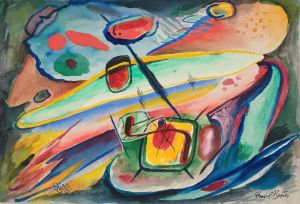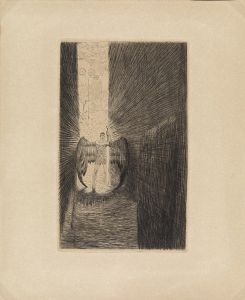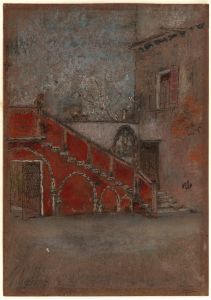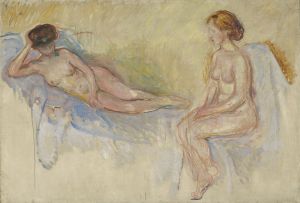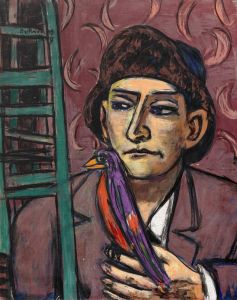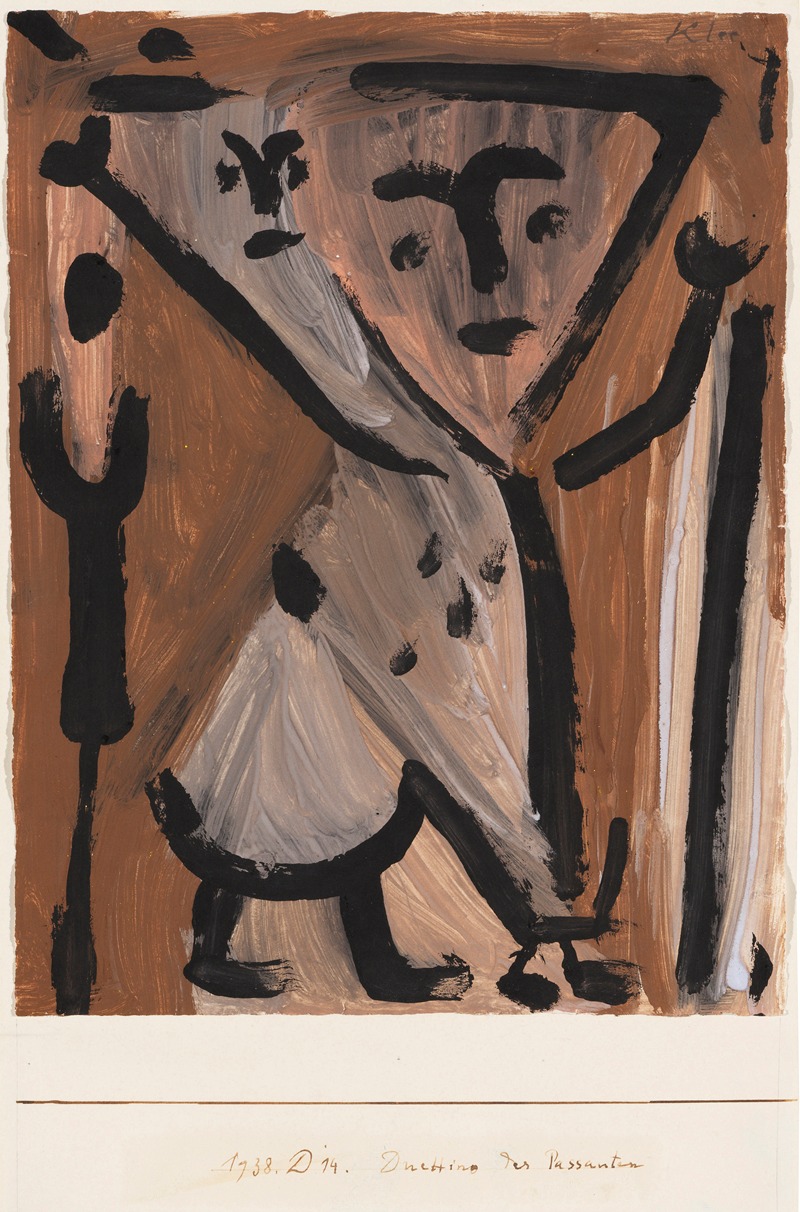
Duettino der Passanten
A hand-painted replica of Paul Klee’s masterpiece Duettino der Passanten, meticulously crafted by professional artists to capture the true essence of the original. Each piece is created with museum-quality canvas and rare mineral pigments, carefully painted by experienced artists with delicate brushstrokes and rich, layered colors to perfectly recreate the texture of the original artwork. Unlike machine-printed reproductions, this hand-painted version brings the painting to life, infused with the artist’s emotions and skill in every stroke. Whether for personal collection or home decoration, it instantly elevates the artistic atmosphere of any space.
Paul Klee's "Duettino der Passanten" is a notable work by the Swiss-born artist, who is renowned for his highly individual style that was influenced by movements in art that included Expressionism, Cubism, and Surrealism. Klee's work is characterized by his unique use of color and his ability to blend the abstract with the figurative, often resulting in pieces that are both whimsical and profound.
"Duettino der Passanten," which translates to "Little Duet of the Passersby," was created in 1923, a period during which Klee was deeply involved with the Bauhaus school of art, design, and architecture. The Bauhaus was a revolutionary institution that sought to unify art, craft, and technology, and Klee was one of its most influential teachers. His work during this time reflects the Bauhaus's emphasis on geometric forms and the exploration of color theory.
The painting itself is a testament to Klee's fascination with music and rhythm, themes that frequently appear in his work. The title suggests a musical duet, and this is reflected in the composition's harmonious balance and interplay of forms and colors. Klee often drew parallels between music and visual art, believing that both could express complex emotions and ideas through abstract means.
In "Duettino der Passanten," Klee employs a delicate interplay of lines and shapes, creating a sense of movement and interaction, much like a musical duet. The figures in the painting are abstracted to the point where they become almost symbolic, representing the idea of passersby rather than depicting them realistically. This abstraction allows viewers to engage with the painting on a conceptual level, inviting interpretations related to human interaction and the fleeting nature of encounters.
Klee's use of color in this work is particularly noteworthy. He was a master of color theory, and his paintings often feature a sophisticated palette that conveys mood and emotion. In "Duettino der Passanten," the colors are both vibrant and subtle, creating a dynamic yet harmonious composition that draws the viewer in. Klee's ability to balance color and form is a hallmark of his style and is evident in this piece.
The painting is also indicative of Klee's interest in the intersection of the visual and the auditory. By titling the work "Duettino," Klee invites viewers to consider the painting as a visual representation of a musical piece, with the figures and colors acting as notes and rhythms. This synesthetic approach is a key aspect of Klee's work and contributes to its enduring appeal.
"Duettino der Passanten" is housed in the Zentrum Paul Klee in Bern, Switzerland, which is dedicated to the artist's life and work. The museum holds a significant collection of Klee's works and serves as a center for research and appreciation of his contributions to modern art.
Overall, "Duettino der Passanten" exemplifies Paul Klee's innovative approach to art, his mastery of color and form, and his ability to convey complex ideas through abstraction. It remains a significant piece within his oeuvre and continues to be celebrated for its artistic and conceptual depth.





